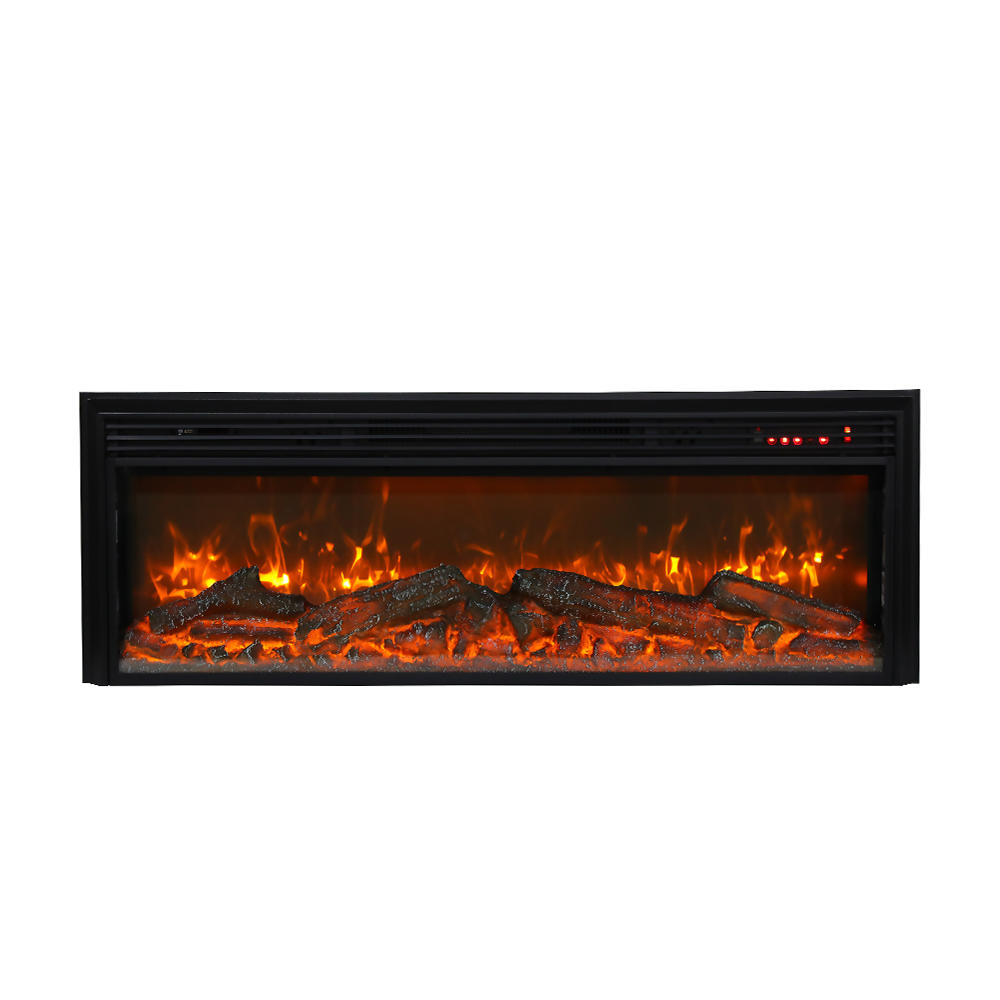Home / News / Industry News / How Built-in Fireplaces Are Reshaping Luxury Living Spaces?
When Shanghai’s Cloudview Residences unveiled its signature 180㎡ penthouse, the absence of a traditional hearth stunned prospective buyers. Instead, a seamless marble wall pulsed with warmth—a built-in fireplace completely flush with the architecture. "We reclaimed 12.5 m² of floor space while creating the illusion of 92% visual expansion," explains architect Elena Rodriguez. This design triumph exemplifies how built-in fireplace systems are transforming from standalone appliances to integrated architectural elements.
The Vanishing Hearth Phenomenon
Urban developers face an acute spatial crisis. With Shanghai luxury properties averaging ¥286,000 per square meter, every centimeter counts. The built-in fireplace solution—requiring just 15-18 cm of wall depth versus traditional units occupying 2-3 ㎡ of floor area—has become a game-changer. At Cloudview, all 42 units feature custom-built-in fireplace installations, contributing to the project’s 48-hour sellout.
"The built-in fireplace isn’t placed; it’s planned," states developer Michael Tan of Horizon Group. His team coordinates with architects during schematic design, embedding steel-reinforced alcoves for built-in fireplace units before pouring concrete. "This integration creates clean sightlines impossible with freestanding models."
Material Alchemy
Beyond spatial economy, material innovation drives adoption. London-based designer James Thornton recently clad a Chelsea townhouse’s built-in fireplace in textured bronze panels that oxidize over time. "The built-in fireplace becomes a living sculpture," he notes. Choices range from
Heat-conductive ceramics enabling cm-thin profiles
Back-painted glass creating "floating flame" illusions
Book-matched marble maintaining structural integrity at 800°C
Italian manufacturer Fiamma reports 70% of clients now customize their built-in fireplace surrounds. "A Tokyo client commissioned a washi paper-fronted built-in fireplace that glows like a lantern," shares product director Sofia Ricci.

The Minimalism Mandate
Interior designers confirm the trend aligns with prevailing aesthetics. "Open-plan spaces demand visual calm," says Beijing-based decorator Liang Wei. His recent Gulou project features a near-invisible linear built-in fireplace beneath a floating staircase. "When off, it disappears into the walnut millwork. When lit, it becomes kinetic art."
Wellness psychology further fuels demand. A 2024 Savills survey found 68% of luxury buyers associate minimalist interiors with reduced stress. "The built-in fireplace eliminates visual chaos," notes psychologist Dr. Emma Chen. "It provides focal warmth without spatial compromise."
Engineering the Invisible
Behind the seamless faces lie technical breakthroughs:
Zero-clearance insulation allowing direct wood framing contact
Dedicated air intake systems prevent oxygen depletion
AI-driven heat management maintains surface temperatures below 50°C
German brand FeuerTech reduced its built-in fireplace depth to 14 cm using aerogel composites. "Our thinnest built-in fireplace fits within standard wall cavities," claims engineer Klaus Bauer.
Global Case Study: Seoul’s Vertical Flame
The 63-story Skye Residence in Gangnam illustrates integration. Architects specified 230 identical ethanol-built-in fireplace units across all units. "Standardization was critical," explains project manager Ji-hoon Kim. "Each built-in fireplace had to align perfectly with precast concrete reveals." The development reported a 27% price premium over comparable units without built-in fireplace features.
Market Impact
U.S. builder Lennar now includes built-in fireplace options in 89% of luxury plans
UK’s Savills data shows properties with built-in fireplaces sell 19 days faster
Architectural Digest’s 2025 survey ranked built-in fireplace installations as the #1 desired amenity
As smart home integration advances, companies like Nest are developing built-in fireplace systems with occupancy sensors and voice controls. Yet the core appeal remains spatial liberation. "We’re not just selling warmth," summarizes Fiamma Ricci as she inspects a prototype terrazzo-clad built-in fireplace. "We’re selling the luxury of negative space." For architects like Rodriguez, that means one less compromise between beauty and function—one seamless built-in fireplace at a time."

 English
English 中文简体
中文简体 Español
Español عربى
عربى
 ++86-0579-89919977
++86-0579-89919977











